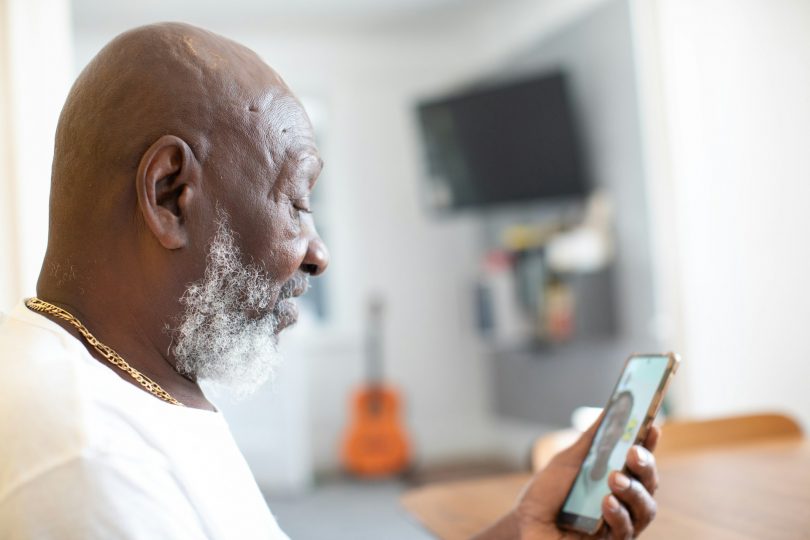Caregivers in the United States spend an average of 22 hours per week providing care, according to an online survey. The exact number of weekly hours varies depending on a patient’s condition. For instance, live-in caregivers can spend 6 to 10 hours a day on active care, while individuals with dementia often require 24-hour monitoring.
Being a caregiver often requires long hours of absence from their own families; or, if the patient is part of the family, the excess hours of work can create a feeling of longing, which contributes to caregiver burnout. Patients, too, experience this longing when cared for in facilities far from loved ones. For them, separation from other family members or old friends may trigger anxiety, stress, or depression, which can physically manifest as stomach aches, headaches, and exhaustion. Black and younger (below 50 years) caregivers have shown more interest in the use of technologies to ease caregiving burden.
Video conferencing apps equip caregivers with tools to remotely manage their patients. These tools can alleviate the feeling of isolation, boost social connection, and open patients to telehealth services. Their ease of use, affordability, and low entry barrier make them particularly useful to Black communities experiencing a shortage of culturally competent caregivers. Also, many caregivers in our community are unpaid and family members. As such, the caregivers have limited funds and knowledge, creating barriers to technology use in their industry.
How Video Conferencing Apps Impact Caregiving
From facilitating virtual family meetings to helping caregivers check on patients face-to-face, video conferencing apps are making it easier to balance work and care. For Black caregivers—who often carry heavier family caregiving responsibilities yet face barriers to using digital health tools—these platforms can help bridge distance, reduce stress, and strengthen connections:
Remote support
Caregivers can leverage video calls to guide their patients through simple tasks like taking the right medication or following specific simple exercise routines and monitoring their compliance when they are not present.
Remote coordination
Video conferencing apps can facilitate family meetings between the caregiver, care receiver, and their families. Allowing patients to connect with their loved ones virtually can be therapeutic. It can also be used to coordinate care activities with other professional caregivers.
Telehealth access
Caregivers can schedule telehealth appointments for their patients using apps like Zoom. This makes it easier for patients, particularly those in Black communities with a shortage of healthcare professionals, to access quality care.
Alleviate isolation
Video conferencing with loved ones helps combat the feelings of loneliness and isolation, as well as the negative consequences they can bring, for both the caregiver and the care recipient. It can be used to strengthen social bonds and create a sense of community.
Staying informed
Caregivers can use features like screen or document sharing for care plans and medical document review between the entire caregiving team and families. This real-time information sharing ensures that everyone is on the same page.
5 Video Conferencing Apps to Manage Caregiving
The list of video conferencing apps has grown over the years—likewise their capabilities. Thanks to AI integration in some of these tools, caregivers can automatically take notes during family meetings or telehealth appointments to ensure they meet the receiver’s family expectations or help the receiver stay on track with their doctor’s advice. Here are 5 popular video conferencing apps that can improve the caregiving experience.
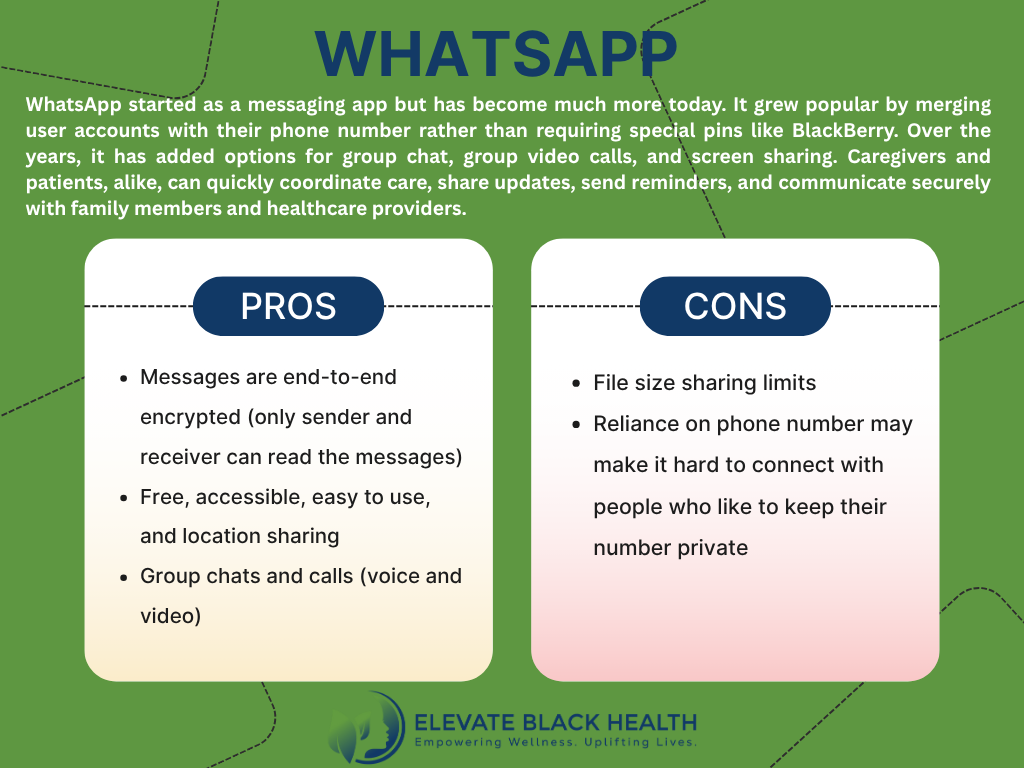
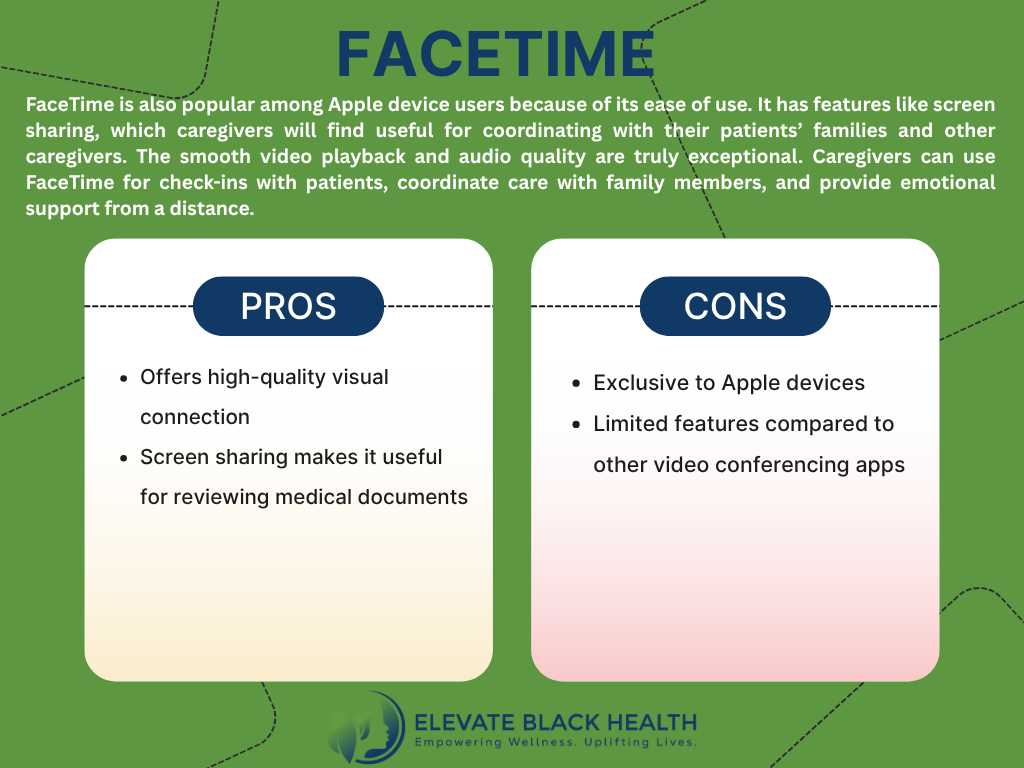
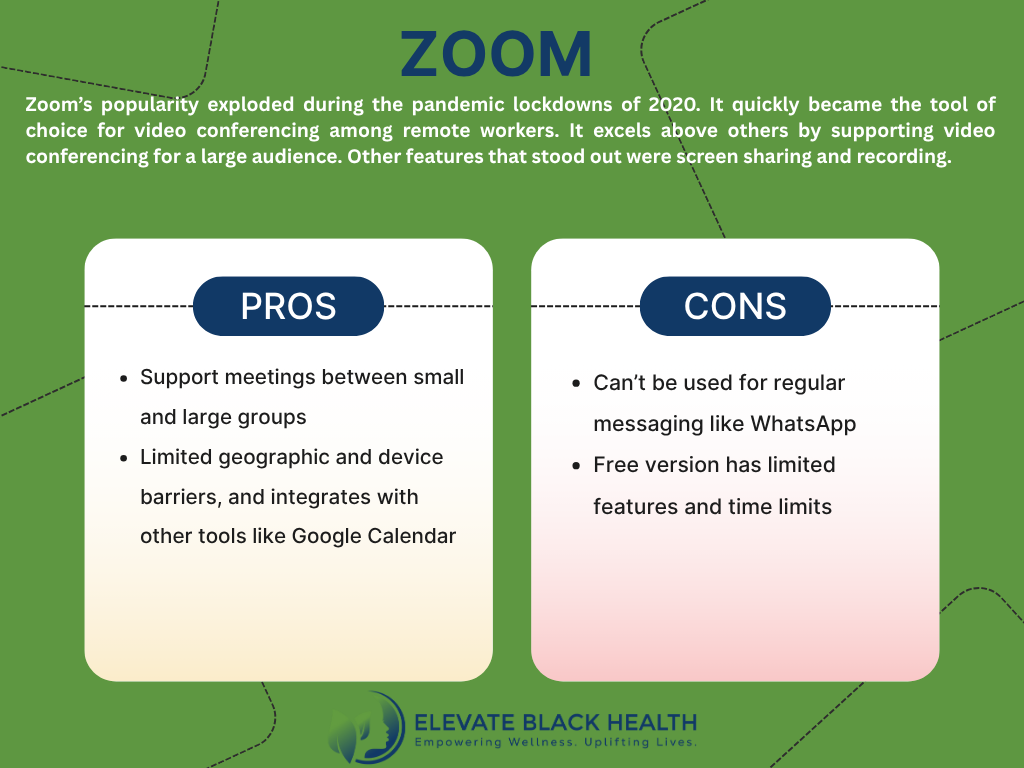
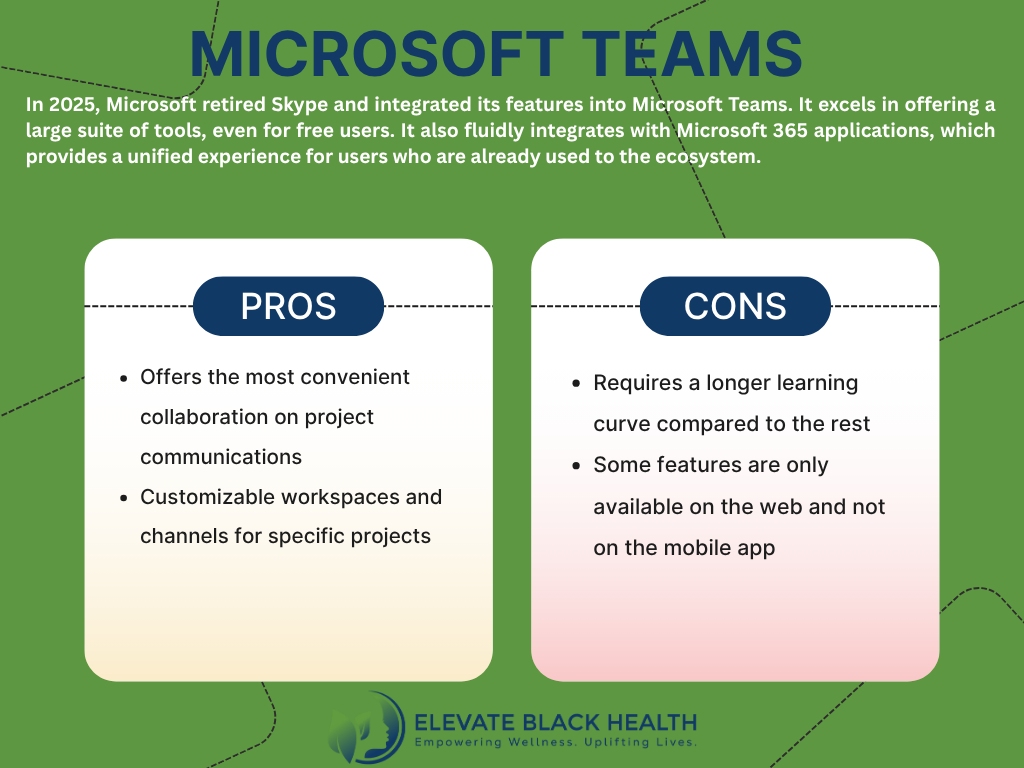
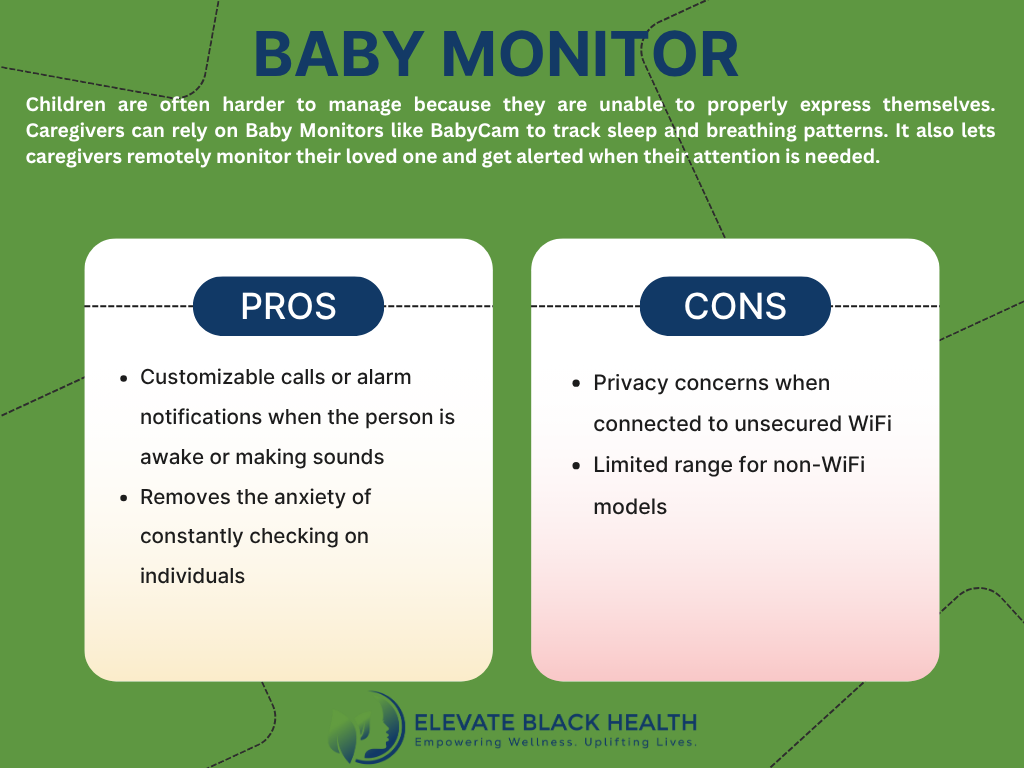
Alternatively, caregivers can install smart cameras so that they can remotely monitor their patients and create a sustained virtual connection with their loved ones. Remember, video conferencing apps don’t automatically eliminate the importance of having caregivers physically present with their patients but do provide a valuable alternative when in-person care is not possible. Also, we must recognize that for Black caregivers, staying abreast of emerging technologies can help enhance and supplement care.
For More Reading
- Fighting Caregiver Burnout with Technology. https://www.elevateblackhealth.com/fighting-caregiver-burnout-with-technology/
- An online survey of burden of illness in families with mucopolysaccharidosis type II children in the United States. https://www.researchgate.net/publication/335724929_An_online_survey_of_burden_of_illness_in_families_with_mucopolysaccharidosis_type_II_children_in_the_United_States/figures?lo=1
- 4 Struggles of Black Caregivers. http://elevateblackhealth.com/4-struggles-of-black-caregivers/
- Digital Divide Stalls Black Community’s Telehealth Access. https://www.elevateblackhealth.com/digital-divide-stalls-black-communitys-telehealth-access/
- Cinnado 2-Way Audio Security Camera. https://amzn.to/3VyrHlV
- Perceived technology usefulness for caregiving among unpaid caregivers: a National Cross-Sectional Study. https://www.frontiersin.org/journals/public-health/articles/10.3389/fpubh.2025.1578701/
- AARP Report Finds High Caregiver Interest in Using Technology But Low Usage Due to Lack of Viable Options and Time Challenges. https://press.aarp.org/2016-04-27-AARP-Report-Finds-High-Caregiver-Interest-in-Using-Technology-But-Low-Usage-Due-to-Lack-of-Viable-Options-and-Time-Challenges


